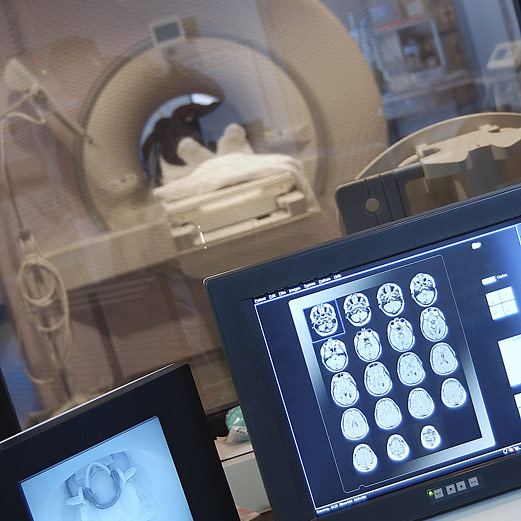
WEDNESDAY, Oct. 16 (HealthDay News) — An illness-causing bacteria found in shellfish, previously limited to the Pacific Northwest United States, is showing up in East Coast shellfish and in Europe, a new report warns.
The bacteria, Vibrio parahaemolyticus, is the most common cause of seafood-linked stomach illness. Until recently, Pacific shellfish harbored the most virulent strains of Vibrio, but outbreaks on the Atlantic coast of the United States and Spain were reported this year and in 2012.
“This is particularly noteworthy because of the huge distances involved, about 3,000 miles from Pacific to Atlantic seaboards, and 3,000 miles from the Eastern seaboard of the U.S. to Europe,” said researcher Craig Baker-Austin, from the Center for Environment, Fisheries and Aquaculture Science in Weymouth, England.
The bacteria is typically found in raw shellfish such as oysters and clams.
Working with colleagues at the U.S. Centers for Disease Control and Prevention, the U.S. Food and Drug Administration and the European Center for Disease Prevention and Control, Baker-Austin said it became apparent that these virulent strains are causing illness in new areas.
In a research letter published in the Oct. 17 issue of the New England Journal of Medicine, the international team of collaborators reports on the spread of the Pacific Northwest Vibrio in 2012.
That year, the CDC identified 28 cases from nine states linked to shellfish from Oyster Bay Harbor in New York. Another 51 people were sickened on a cruise ship in Spain because of cooked seafood that was cooled with ice made from contaminated seawater.
Vibrio usually causes nothing more than stomach distress, including vomiting, abdominal pain and diarrhea. But people with weakened immune systems can suffer severe and life-threatening symptoms.
One doctor said consumers should not eat shellfish indiscriminately. “People should be aware of where their food is coming from,” said Dr. Jacqueline Moline, chair of population health at North Shore LIJ Health System in Manhasset, N.Y. “There are significant risks to eating raw or undercooked food.”
The implications of Vibrio‘s long-distance movement are unknown, but concerning, Baker-Austin said.
“In the mid-1990s, a variant of Vibrio emerged in Asia — termed the pandemic complex — and quickly moved around the world, causing huge numbers of infections,” Baker-Austin said. “Although this has not yet happened with these Pacific Northwest strains, the potential for this to happen should be recognized and assessed properly.”
This year in the United States, shellfishery closings in six states — four in the Northeast — were attributed to Vibrio.
The researchers aren’t sure why or how Vibrio has spread, but they suspect human interference. It’s possible that ships’ ballast water or long-distance shipping carried the bacteria to new regions, they suggested.
Moline said global warming may play a part in Vibrio‘s growth.
“Higher than normal seawater temperatures are associated with the increase in the prevalence of this bacterial strain and illnesses associated with it,” Moline said.
As oceans continue to warm, more foodborne illnesses will likely appear, she said. “People need to be aware of how environmental changes may be affecting all of us, particularly in terms of food safety,” Moline added.
These bacteria can be killed by thoroughly cooking food, she said.
This is critical for immunocompromised persons, particularly those with chronic liver disease, because Vibrio can cause a severe bloodstream illness that is fatal about 50 percent of the time.
Vibrio can also cause serious skin infections when open wounds are exposed to warm seawater.
Baker-Austin said cooperation among international agencies — the backbone of this current research — “is required to understand and tackle these types of emerging disease threats.”
What’s really needed, he added, are “better systems internationally to identify, monitor and report these bacteria and their associated infections in a timely manner.”
More information
For more information on Vibrio, visit the U.S. Centers for Disease Control and Prevention.
Copyright © 2025 HealthDay. All rights reserved.

